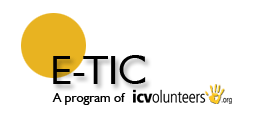ContextUrban Environment
The development of cities in urban and suburban areas in West Africa has not resulted in the marginalization of livestock activities. On the contrary, there is a growth in cultivating livestock in urban and suburban areas to support urban growth. Urbanization and the issue it presented in properly raising livestock does not deter the citizens of African cities from raising animals in their homes; raising sheep in Dakar is a perfect example. This dynamic reflects the many benefits associated with urban livestock industries, including income generation, job creation, urban supplies, food security and improving their environment and living conditions. The constraints of urban agriculture
Ways of improvingWith the numerous barriers to livestock production in urban and suburban areas, it is interesting to see what is done to improve development. These efforts are partly individual (innovative farming strategies) and partly collective (organizing and optimizing the framework of production). The objectives of improving: the positive impact of the livestock industry concerns both urban farmers and the urban community in general. The livestock sector provides a means of income, and social status, whether as a secondary activity (production of some animals for home consumption) or as the main activity of the home. For farmers, this industry works to safeguard their crops and improve their businesses and living conditions. Conditions of developmentPrior to envisaging the improvement of urban and periurban husbandry systems, we must ensure that husbandry can exist or even develop in good environmental, economic and sanitary conditions. It is these criteria that will determine the sustainability of any husbandry activity. It must not be more expensive nor too difficult to lead a healthy production. We have to fight against the occurrences of sanitary issues such as zoonoses for example, by making vaccination available and inexpensive, raising awareness of waste management and providing advice and services for waste removal (recovery systems). |

